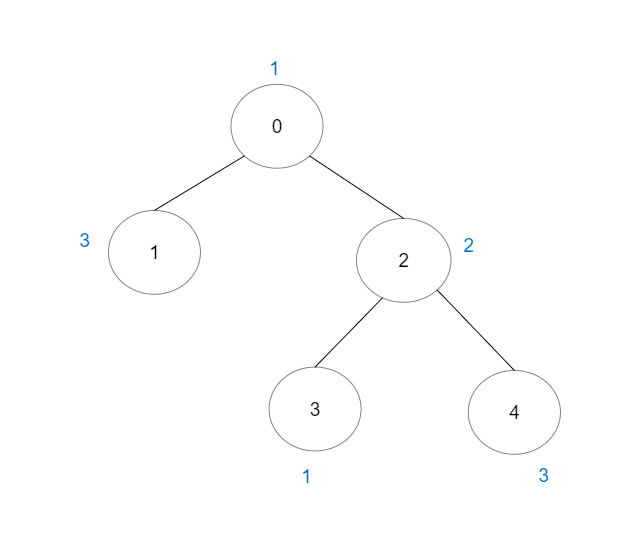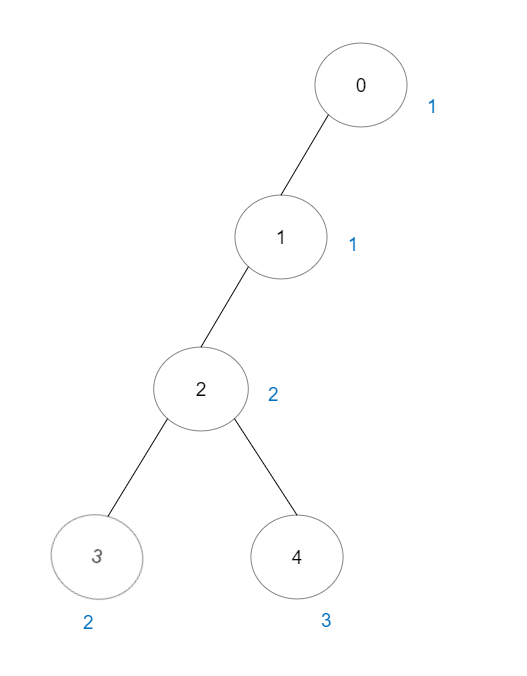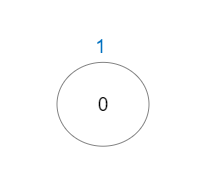- java.lang.Object
-
- g2401_2500.s2421_number_of_good_paths.Solution
-
public class Solution extends Object
2421 - Number of Good Paths.
Hard
There is a tree (i.e. a connected, undirected graph with no cycles) consisting of
nnodes numbered from0ton - 1and exactlyn - 1edges.You are given a 0-indexed integer array
valsof lengthnwherevals[i]denotes the value of theithnode. You are also given a 2D integer arrayedgeswhereedges[i] = [ai, bi]denotes that there exists an undirected edge connecting nodesaiandbi.A good path is a simple path that satisfies the following conditions:
- The starting node and the ending node have the same value.
- All nodes between the starting node and the ending node have values less than or equal to the starting node (i.e. the starting node’s value should be the maximum value along the path).
Return the number of distinct good paths.
Note that a path and its reverse are counted as the same path. For example,
0 -> 1is considered to be the same as1 -> 0. A single node is also considered as a valid path.Example 1:

Input: vals = [1,3,2,1,3], edges = [[0,1],[0,2],[2,3],[2,4]]
Output: 6
Explanation: There are 5 good paths consisting of a single node.
There is 1 additional good path: 1 -> 0 -> 2 -> 4.
(The reverse path 4 -> 2 -> 0 -> 1 is treated as the same as 1 -> 0 -> 2 -> 4.)
Note that 0 -> 2 -> 3 is not a good path because vals[2] > vals[0].
Example 2:

Input: vals = [1,1,2,2,3], edges = [[0,1],[1,2],[2,3],[2,4]]
Output: 7
Explanation: There are 5 good paths consisting of a single node.
There are 2 additional good paths: 0 -> 1 and 2 -> 3.
Example 3:

Input: vals = [1], edges = []
Output: 1
Explanation: The tree consists of only one node, so there is one good path.
Constraints:
n == vals.length-
1 <= n <= 3 * 104 -
0 <= vals[i] <= 105 edges.length == n - 1edges[i].length == 2-
0 <= ai, bi < n -
ai != bi edgesrepresents a valid tree.
-
-
Constructor Summary
Constructors Constructor and Description Solution()
-
Method Summary
All Methods Instance Methods Concrete Methods Modifier and Type Method and Description intnumberOfGoodPaths(int[] vals, int[][] edges)
-